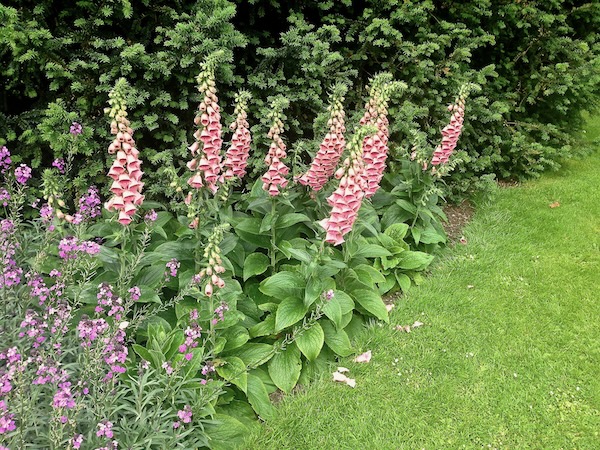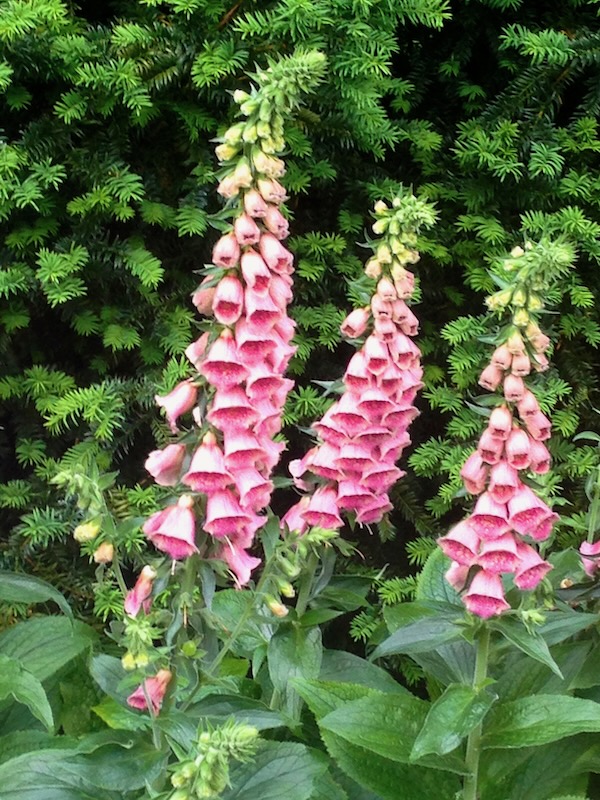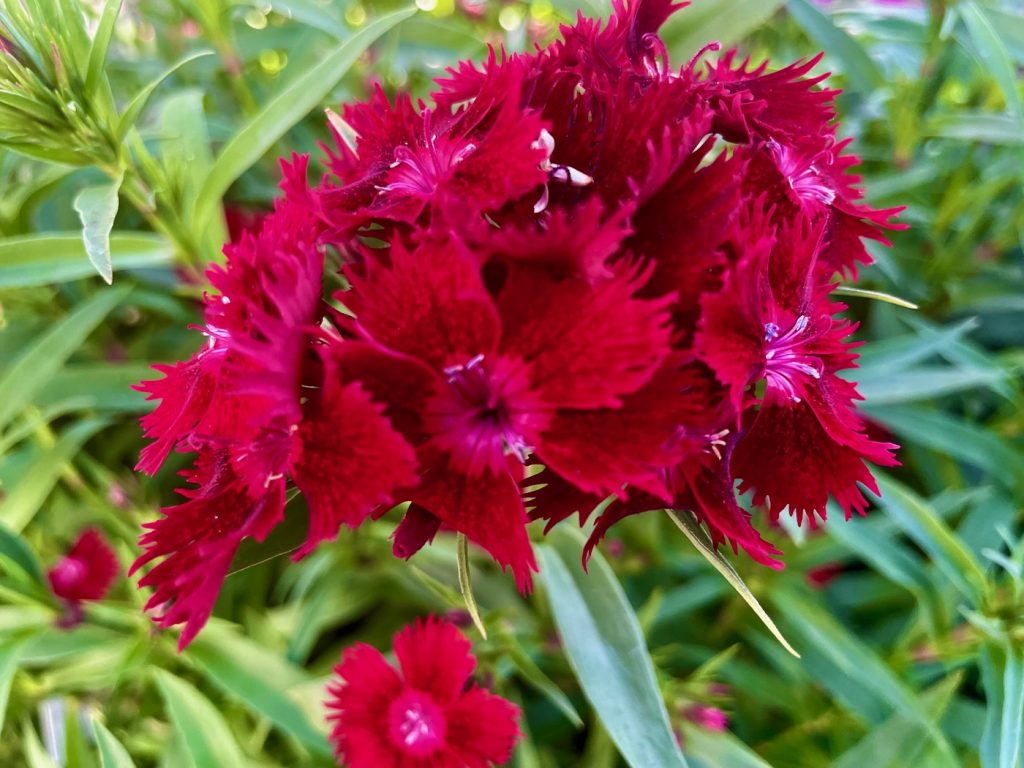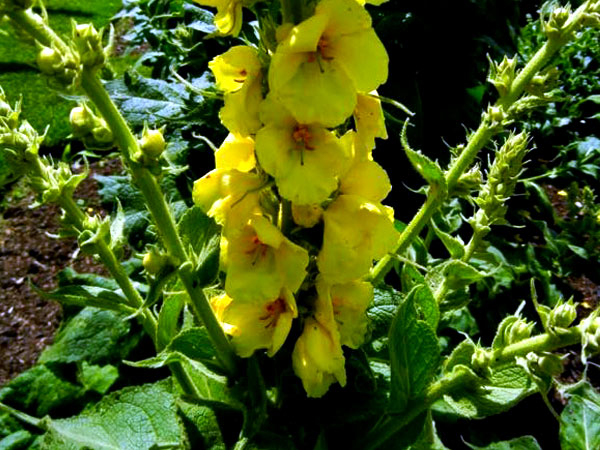Digitalis: The Majestic Foxglove – A Delightful Addition to Your Garden
Background: Digitalis, commonly known as Foxglove, is a genus of herbaceous perennials and biennials that boasts around 20 species. This captivating plant is a favorite among British gardeners, renowned for its tall stature and vibrant colors that add allure and vertical interest to borders. While previously classified in the Scrophulariaceae and Veronicaceae families, Foxglove now belongs to the Plantaginaceae family.
Origin and Discovery: Digitalis is native to Europe, western Asia, and northwestern Africa, where it thrives in various habitats. The genus received its name from the Latin word “Digitus,” meaning finger, which references the finger-like shape of the flowers. It was first officially documented in 1542 by the German botanist Leonhard Fuchs in his renowned work “De historia stirpium commentarii insignes.” Fuchs, a pioneer of German botany and founder of one of the country’s earliest botanical gardens, has a lasting legacy as the namesake of the flower Fuchsia. Additionally, the German word for fox is “Fuchs,” leading to the association between the botanist and the popular plant.
Digitalis Flower and Leaf Description:
Digitalis encompasses a variety of species and hybrids, with Digitalis purpurea, or Common Foxglove, being the most prominent and well-known among gardeners. This impressive species can reach heights of approximately 2 meters (6 feet). Foxgloves enchant with their bell-shaped flowers, which come in shades of pink, purple, pure white, and even yellow, adorned with charming spots. These distinctive spike-shaped flower stalks add vertical elegance to any garden landscape.
Native Habitat and Other Information: Foxgloves are indigenous to Europe, western Asia, and northwestern Africa. Their natural habitat spans woodland areas, meadows, and slopes. Besides their ornamental appeal, foxgloves have been utilized for their medicinal properties for centuries. The leaves of Digitalis purpurea contain digoxin, a cardiac glycoside used to treat conditions such as congestive heart failure and arrhythmias. However, it’s crucial to note that foxgloves are highly toxic and should not be ingested. Symptoms of poisoning include nausea, vomiting, diarrhea, headache, blurred vision, and irregular heartbeat. Immediate medical attention is necessary if ingestion is suspected.

Cultivation Tips for Foxgloves:
Growing foxgloves can be a rewarding endeavor with the proper care and precautions. Here are some tips for successful cultivation:
Choose a location: Plant foxgloves in an area that receives full sun or partial shade, depending on your region’s climate.
Soil preparation: Prior to planting, enrich the soil with compost or other organic matter to improve its fertility and drainage.
Watering: Provide regular watering, especially during the first year of growth. Foxgloves appreciate moist soil but should not be overwatered.
Fertilization: Apply a balanced fertilizer in the spring to promote healthy growth and vibrant blooms.
Deadheading: Remove spent flowers to encourage continuous blooming and maintain the plant’s tidy appearance.
Division: Divide foxgloves every 3-4 years to ensure their vigor and overall health.
Word of Caution:
While foxgloves are undeniably captivating, always exercise caution when handling them due to their toxic nature. Before embarking on your foxglove gardening journey, conduct thorough research and adhere to safety guidelines.
Invite the majestic beauty of Digitalis into your garden and experience the enchanting allure of these remarkable flowers. With their striking colors and elegant stature, foxgloves are sure to captivate both garden enthusiasts and nature lovers alike. Whether you’re seeking to create a vibrant border, add vertical interest, or appreciate the historical and medicinal significance of this genus, Digitalis is a remarkable choice.
Note: Foxgloves are toxic and should be handled with care. Keep them out of reach of children and pets. If ingested, seek immediate medical attention.
Embrace the timeless charm of Digitalis in your garden, and let these enchanting flowers create a spectacle of beauty and grace.




